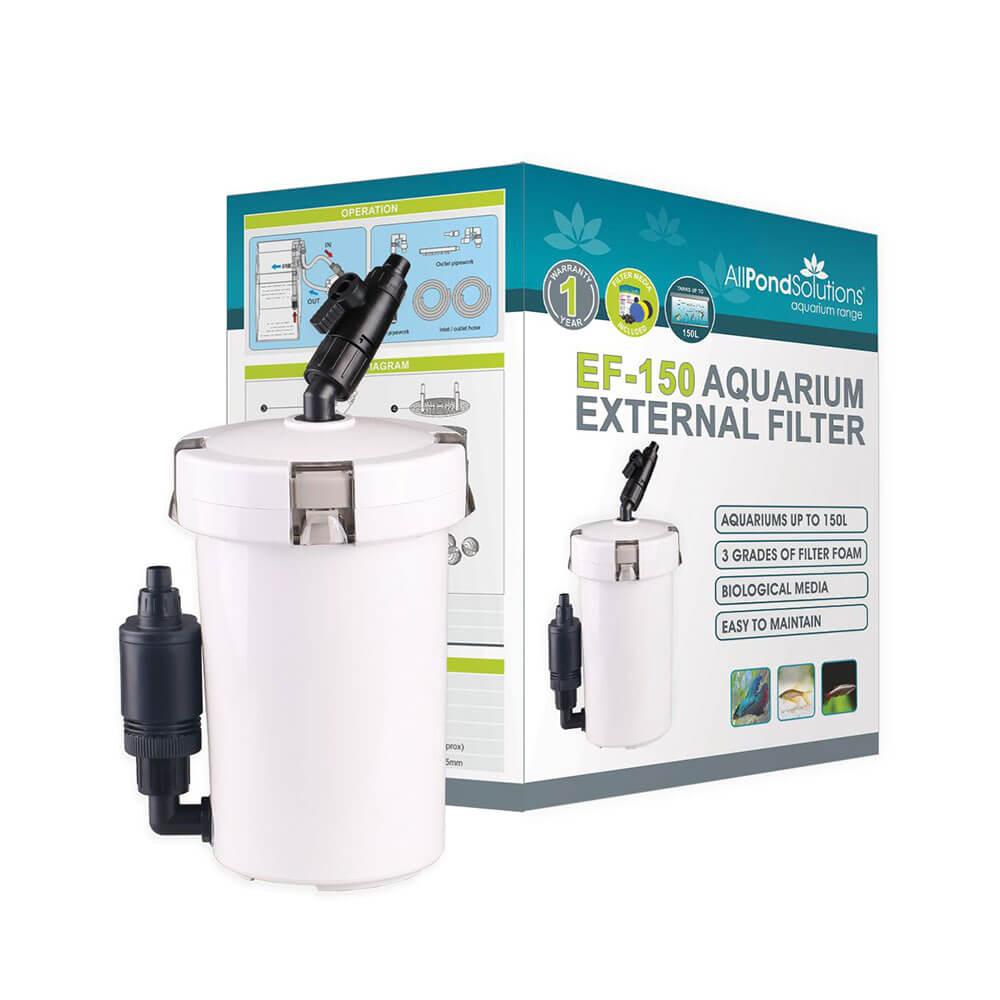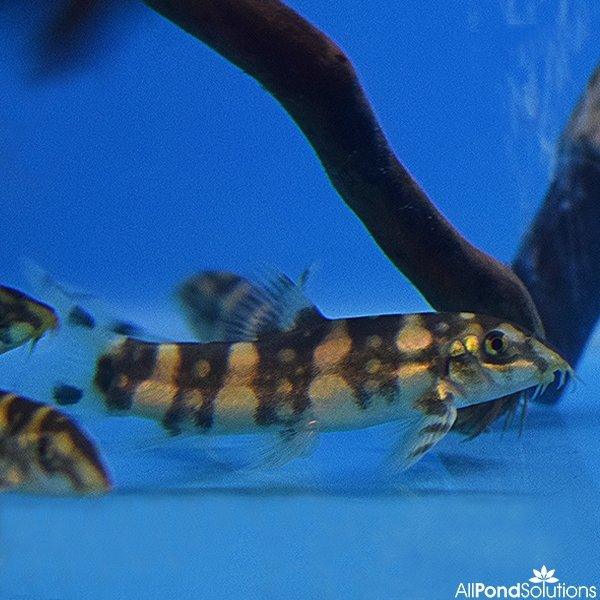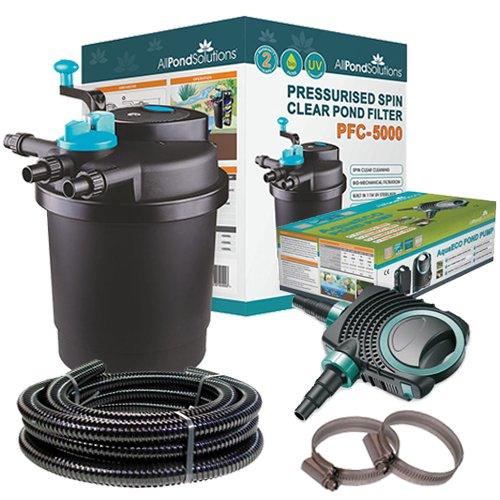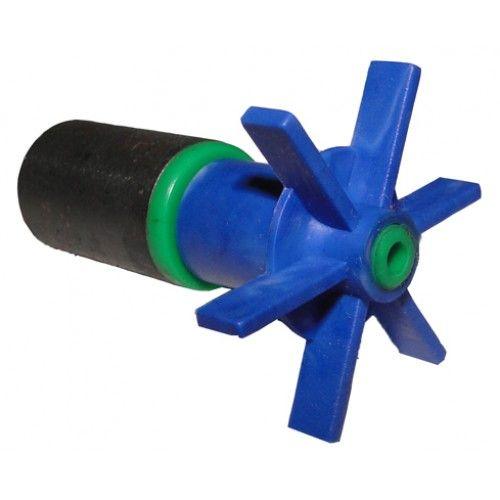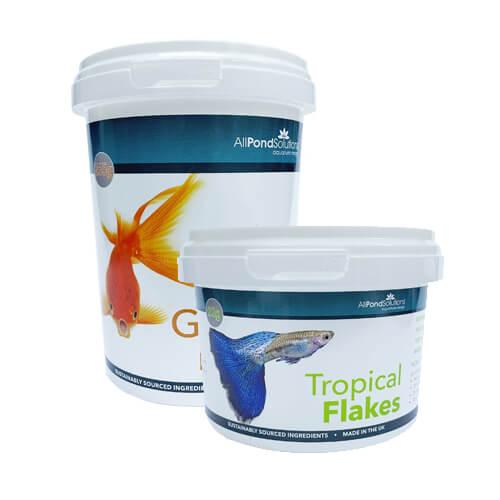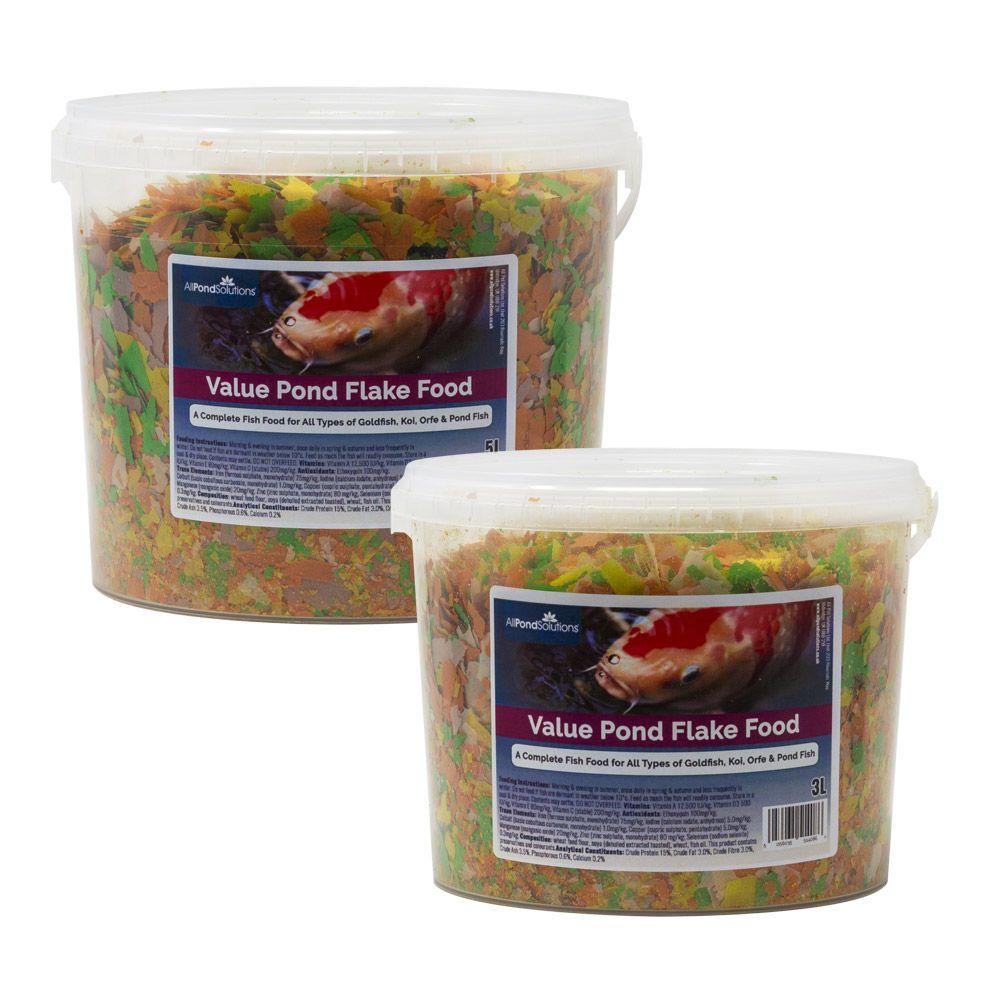Scientific Name: Botia kubotai
Please note – The image used above is for illustration purposes only; Size, colour and sex may vary. Many of our livestock species are sold as juveniles and have not yet reached their full size and colour potential. If you have any concerns about the size or colour of the livestock you wish to order, please contact our livestock team via our support centre before placing your order. Due to the large quantities of livestock orders daily, the livestock team will are unable to select fish / shrimp to meet specific gender or aesthetic needs.
Approximate purchase size: 4-5 cm
All Pond Solutions will always endeavour to supply as close to the approximate size range as possible. Due to variations from suppliers on rare occasions this may not always be possible. Images used are to show the full potential of the fish when fully mature and are not always representative of juvenile specimens.
How easy are they to care for?
We would class these as an easy level of care
How large can they grow?
14-15 cm
Where in the world are they from?
Salween River basin around the border between Myanmar and Thailand.
What is the ideal number to keep together?
Should be kept with at least 6 others, but 10 is preferable.
What water conditions do they require?
Temperature ranges of 22-28° Celsius and will accept 6.0 – 7.5 pH.
What should you feed them?
Mainly carnivorous in the wild; largely unfussy feeders but must be offered a varied diet comprising quality dried products, live or frozen bloodworm, Artemia, etc.
How compatible are they with other fish?
Do not keep with much smaller fish as they may be intimidated by the loach’s size and sometimes very active behaviour. Slow-moving, long-finned species such as Siamese fighting fish, guppies and some cichlids should also be avoided as trailing fins can be nipped.
Can they be bred in captivity?
A very specialist species to breed; uncommon from most hobbyists.
